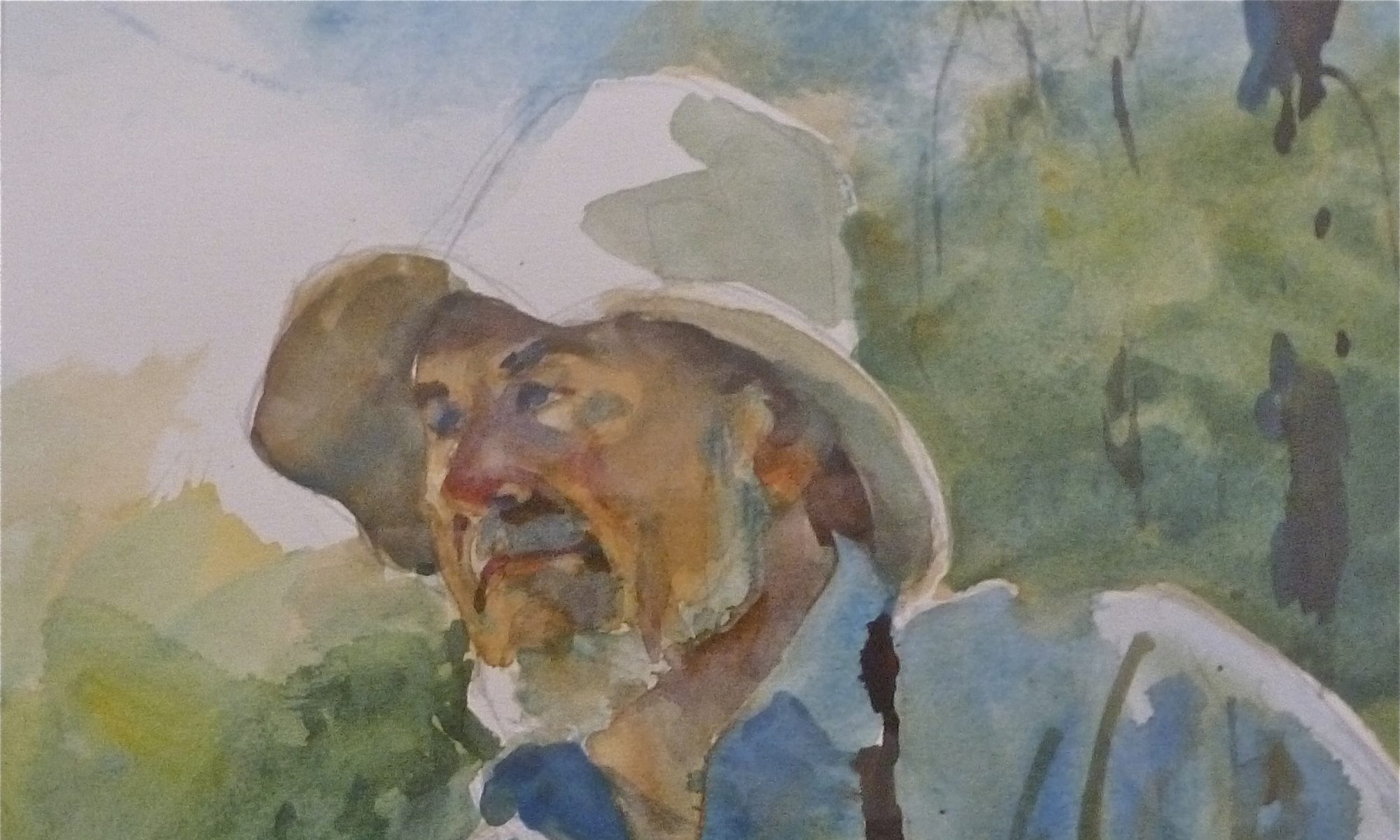Another Tea Room I remember was the “Lindens” in Centre Marshfield next to Fred Oxner’s, Centre Marshfield Garage.

This ad was found in a ALA volume 1 , booklet published in 1920.
Submitted by Robin Mitchell, researcher & author.
My Mom would go shopping at the A&P store down in Marshfield, run by the Houghtons (I remember the floor was always covered with sand and I could never understand why –and I had to be cautious walking through it, there would hell to pay if I tracked sand into our house!) upon returning home,
Marshfield Co. Store. c. 1910

Mom would stop into The Lindens Tearoom. It was just a small room next to the kitchen. Mom would get a cup of tea and a piece of pie, and I would have milk and a cookie. I think the total cost was 30 cents! I would sneak out back of Oxner’s Garage and look at the junk cars. Mom and owner, Isabel Banner were friends for a long time.
The best tearoom I remember was the “Peacock” on Pleasant Street. On occasion, Dad, Mom and I would take a ride in his old Chevy just to gawk around . This was before the war. When we came back through the Hills, Dad would stop at the “Peacock.” Mom and I would go in to get ice creams — they were the best ever, however , I don’t remember any bad ice cream!
Not until I was older, a young teen, when I could ride my bike to places outside of Seaview, did I realize how special the “Peacock” was. A few of us kids would gather after school, and there were only a few kids in Seaview. We would have to push our bikes up the Pleasant Street hill, hoping Peggy was at the Peacock. Upon arrival we would dump our bikes along a stone wall that held a garden full of flowers, run up the walkway and knock on the back door. The door would swing open and to my delight, there was Peggy. With her big smile, she would quietly say “Come on in children!”
I always had a dream of this kind of ice cream cone!
If anyone could make it, Peggy could.
 |
We would wait in line, girls first. When it was my turn, Peggy would ask, “Raymond, what flavor are you having today, coffee or chocolate?” Chocolate usually won out, with jimmies. Peggy’s idea of an ice cream cone was to fill the cone, then ask,”5 cents or 10 cents?” If 5, she put one scoop on top, if 10, 2 or sometimes 3 scoops on top. It sure was plenty for one small person. Years later, my friend Aldo reminded me that two 5 cent cone had more ice cream than 1–10 cent cone. I never figured that one out! But then why should I have? Usually, I only had 1 nickel!
The war years passed and the Peacock slowed down eventually reverting to a residence. My friend, Aldo told me he attended Peggy’s 100th birthday party. Our lives in Seaview were simple, fun, and a nickle brought a lot of joy!
The Peacock Tearoom.
Courtesy of the Ventress Library. c. 1940
11/28/2021. Addition.
This excerpt has been taken from “Marshfield” ” A Town of Villages 1640-1990″ By Cynthia Hagar Krusell & Betty Magoun Bates.
Martha E. Sherman (Mrs. Ashton Sherman) ran a tea room and gift shop called “Ye Shuttle Craft Shop” in the 1920’s at 915 Union St . She served tea and toast and trifles, Priscilla Sears sweets, waffles and coffee. She also advertised a “20th Century Lending Library” Her two daughters , Elizabeth and Grace, married neighbors Tracy Hatch and John (Jack) Little. This farm & Tea room & Gift shop became the Little’s Jersey Farm at (915 Union St. )

by Ray Freden
Originally published in the Marshfield Mariner, June 18, 2008






 ®
®
 ®
®







